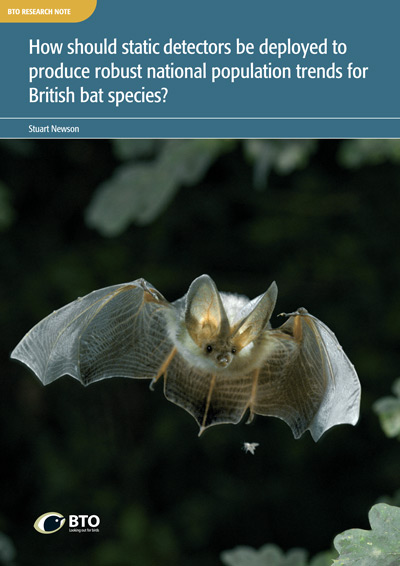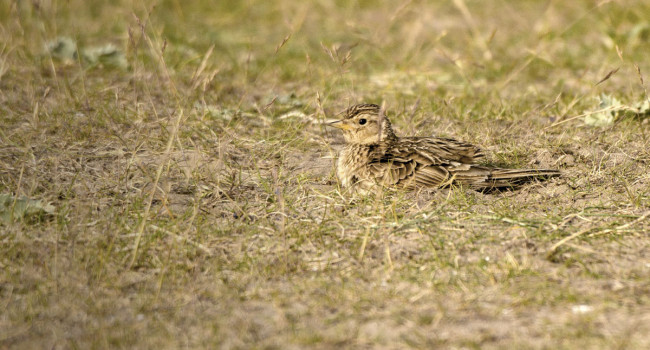How should static detectors be deployed to produce robust national population trends for British bat species?
These detectors can be left outside to automatically trigger and record bats. They capture bat calls at their original frequency, and retain more detail of the calls than other detector types, making identification easier and providing an archive of recordings which may be used in future studies (e.g. of acoustically similar species).
Detectors generate a large volume of recordings per night, but the number of recordings can be highly variable depending on nightly weather conditions, local habitat, bats’ use of features in the landscape and other spatial factors, for example proximity to a roost. A future survey would need a sampling strategy that could address these issues and be capable of detecting a robust trend signal. This research note aims to answer key questions regarding the design of a large-scale static detector bat survey.








Share this page